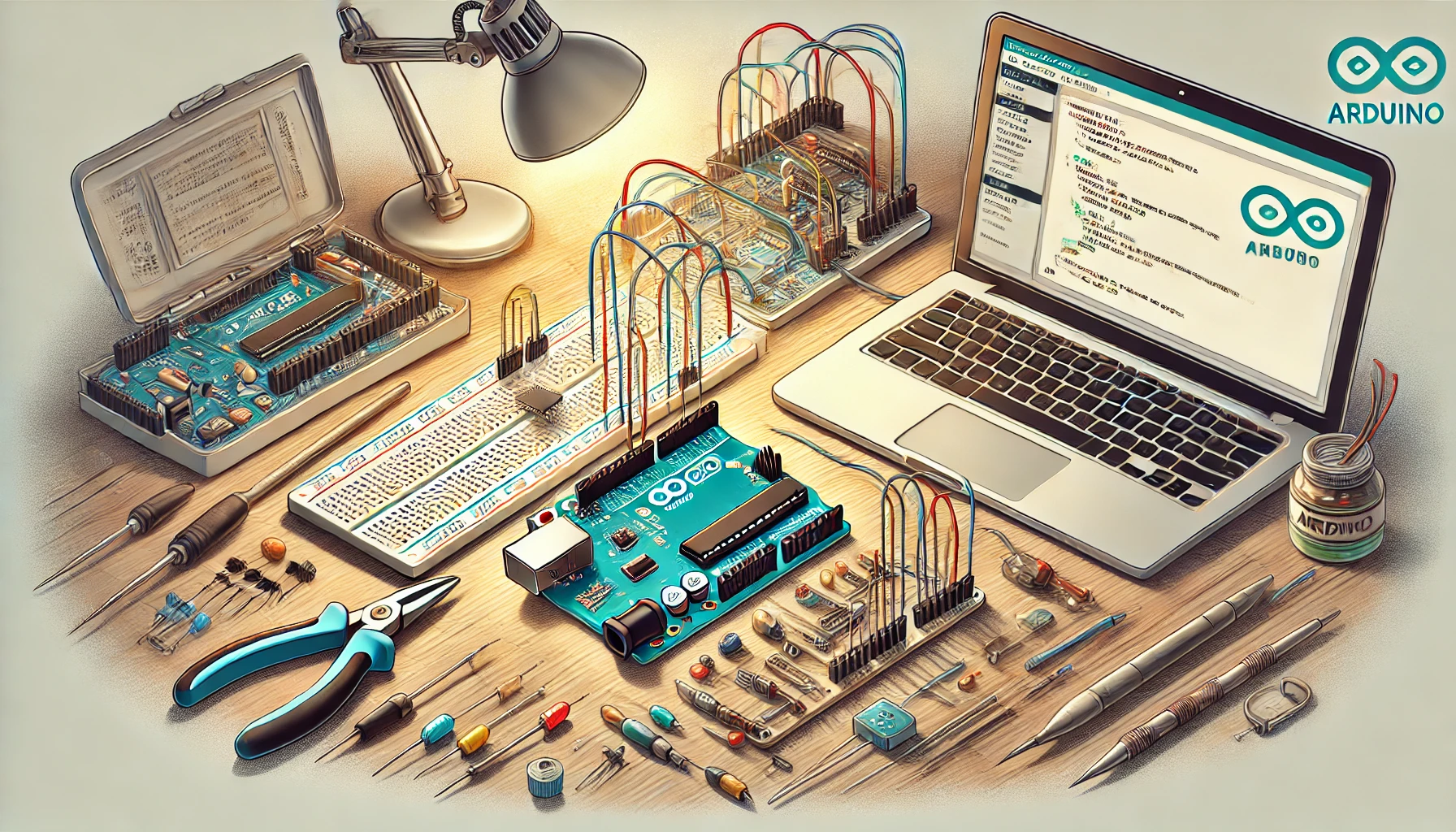
Practical Applications of Resistors and Capacitors in Electrical and Electronic Circuits , Resistors and capacitors are among the most fundamental components in electrical and electronic circuits. Their proper usage and integration can dramatically enhance the performance and reliability of a system. This article delves into their principles of operation, practical applications, and how to choose the right components for various projects, accompanied by real-world examples.
1. Resistors: Theory and Practical Applications
1.1 What is a Resistor?
A resistor is a two-terminal passive electronic component that opposes the flow of electric current. The resistance, measured in ohms (Ω), determines how much current is allowed to flow through it for a given voltage, as described by Ohm’s Law:
1.2 Key Applications of Resistors
- Current Limiting
- Function: Prevent excessive current that could damage components like LEDs or integrated circuits.
- Example: In an LED circuit, a resistor ensures that the LED receives the appropriate current. If the LED operates at 20 mA and has a forward voltage of 2V in a 5V circuit, the resistor value is:
2. Voltage Division
- Function: Divide an input voltage to obtain a desired output voltage.
- Example: A resistor divider can reduce a 12V signal to 5V for a microcontroller. Using R1=7kΩ and R2=5kΩ , the output voltage is:
3. Pull-Up and Pull-Down Resistors
- Function: Ensure stable logic levels for digital inputs.
- Example: In a button circuit connected to a microcontroller, a pull-up resistor keeps the input at a logical HIGH state when the button is not pressed.
4. Signal Attenuation
- Function: Reduce signal amplitude without distorting the waveform.
- Example: In audio mixers, resistors help adjust the signal level to avoid distortion or noise.
5. Temperature Sensing
- Function: Measure temperature changes using thermistors, which vary resistance with temperature.
- Example: In thermostats, a negative temperature coefficient (NTC) thermistor can detect temperature variations for controlling heating or cooling systems.
2. Capacitors: Theory and Practical Applications
2.1 What is a Capacitor?
A capacitor is a passive electronic component that stores energy in an electric field. Its capacitance, measured in farads (F), represents its ability to store charge.
2.2 Key Applications of Capacitors
- Energy Storage
- Function: Store and release energy to stabilize power supplies.
- Example: In uninterruptible power supplies (UPS), capacitors store energy to provide temporary power during outages.
- Signal Filtering
- Function: Pass certain frequency signals while blocking others.
- Example: A low-pass RC filter removes high-frequency noise from audio signals. With R=1kΩ and C=1µF , the cutoff frequency is:
3. Timing Circuits
- Function: Generate delays or control oscillations.
- Example: In an RC timer, the time constant τ=RC defines the charging or discharging period. For R=10kΩ and C=100µF , the time constant is:
4. Coupling and Decoupling
- Function: Isolate AC and DC signals or smooth voltage fluctuations.
- Example: A coupling capacitor in an amplifier circuit blocks DC bias while passing AC signals.
5. Power Factor Correction
- Function: Improve efficiency in AC power systems.
- Example: In industrial systems, capacitors offset inductive loads to reduce energy loss.
3. Combining Resistors and Capacitors
Resistors and capacitors are often used together in circuits, creating versatile configurations:
- RC Filters
- Function: Modify signal frequencies for applications like audio equalization.
- Example: An equalizer might use RC circuits to enhance or suppress specific frequency bands.
- RC Oscillators
- Function: Generate stable oscillations for clock signals or tone generation.
- Example: In a microcontroller circuit, RC oscillators provide the clock frequency for timing operations.
- Pulse Shaping
- Function: Create precise digital pulses from analog signals.
- Example: RC networks refine signal transitions in digital communication systems.
4. Practical Considerations for Component Selection
4.1 Choosing Resistors
- Resistance Value: Match the desired current or voltage control needs.
- Power Rating: Ensure the resistor can dissipate heat without damage.
- Tolerance: Use low-tolerance resistors for precision circuits.
4.2 Choosing Capacitors
- Capacitance Value: Based on the required energy storage or signal filtering.
- Voltage Rating: Must exceed the operating voltage for reliability.
- Dielectric Type: Select for frequency and stability (e.g., ceramic for high-frequency, electrolytic for high-capacitance).
5. Real-World Example: Audio Amplifier
An audio amplifier uses both resistors and capacitors for optimal operation:
- Resistor Role: Sets gain and stabilizes biasing of transistors.
- Capacitor Role: Filters noise and couples audio signals between stages.
For instance, in a common-emitter amplifier:
- A 2.2kΩ resistor sets the collector current.
- A 10µF capacitor bypasses the emitter resistor, enhancing AC gain.
Conclusion
Resistors and capacitors are indispensable in electronics, serving roles from power management to signal processing. By understanding their principles and applications, engineers can design circuits that are efficient, reliable, and tailored to specific needs. Whether creating a simple LED driver or a complex audio amplifier, mastering these components is a cornerstone of electronics design.
Practical Applications of Resistors and Capacitors in Electrical and Electronic Circuits





Comments (0)